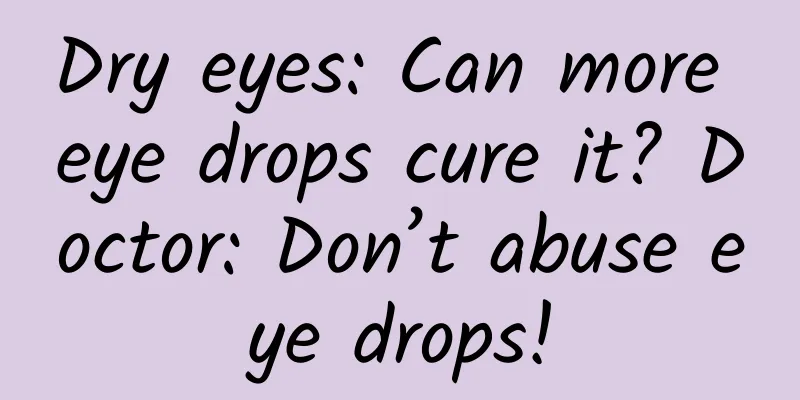What are the differences between aspiration uterus and curettage?

|
Many couples or spouses will experience unexpected pregnancies. It is quite distressing to have a child when you are not ready for it. Some people choose to give birth to the child while many others choose to abort the child. There are many ways to have an abortion. Abortion can be divided into two types: suction uterine curettage and curettage. There are many differences between the two. Here we will introduce the differences between suction uterine curettage and curettage. As a method of artificial abortion, vacuum extraction is performed on smaller gestational sacs. Larger gestational sacs cannot be completely removed by simple vacuum extraction. In order to prevent any residue, a scraping of the inner wall of the uterus is still required. Curettage is the most harmful because the basic principle is that it destroys the uterine lining and the uterine lining takes a long time to recover. The curette commonly used in curettage. Uterine aspiration generally uses a uterine tissue suction tube. In the early days, metal tubes were used, which had problems with repeated use and disinfection, so disposable plastic tubes are now mostly used. the difference: (1) Within 7 to 10 weeks, the contents inside have grown quite large, and medical abortion may not be able to completely abort the fetus. So at this time, surgery is needed to perform an abortion. There is no need for curettage within 10 weeks of artificial abortion. Within 10 weeks of pregnancy, a device with a negative pressure of 400 to 500 mm of mercury can be used to suck out the embryonic tissue in the uterus. This is the legendary uterine suction technique. Vascular aspiration is performed between 7 and 10 weeks of pregnancy. (2) Between 11 and 14 weeks, the fetus is gone and cannot be sucked out by suction. It has to be crushed with pliers and then the pieces can be taken out. A procedure in which the fetus and placenta are removed using forceps after the cervix is dilated. Suitable for terminating pregnancy between 11 and 14 weeks, this is the legendary curettage. Between 11 and 14 weeks of pregnancy, a curettage is done. The advantage of abortion is that no matter how big the fetus is, we can still have it removed. If it doesn’t work, we can just cut it into pieces and have it removed. The downside is, of course, that the damage is even greater. The longer you wait, the greater the damage. The further back you go, the more secure it becomes. If you want to take it down, you can only pull out the radish with the mud, and there will be a big hole left in the ground. This land is the woman's womb. If there are too many pits on the ground, it will not be able to raise children in the future. |
<<: Is it useful to use a hot water bottle to apply heat to uterine congestion?
>>: How soon can I wash my hair after a cesarean section?
Recommend
What are the symptoms of multiple cervical cysts?
Gynecological diseases are common diseases among ...
Girls soak their feet until they are sweating all over
When girls sweat all over their body while soakin...
Do I need to take anti-inflammatory drugs after IUD removal?
We know that surgery is a very physically demandi...
Develop good living habits to prevent stones from causing trouble
This is the 3763rd article of Da Yi Xiao Hu Sweat...
There is a mole on the right side of a woman's neck
Although black moles are somewhat unpleasant, the...
What to do if you have a fever after taking birth control pills
Generally speaking, it is not easy to have fever ...
Can pregnant women eat snails? You can tell from four aspects
Can pregnant women eat snails? Snails are rich in...
How to do TCT examination?
TCT examination is a very good examination method...
Shanxi's "sleeping province" has become popular! It turns out that there is such a thing as a "nap gene"
It is said that the two things that Shanxi people...
What vegetables should not be eaten for gout? What vegetables can help gout eliminate acid?
Gout is a type of arthritis caused by excessive u...
How many weeks does the third trimester begin?
A woman's pregnancy is generally divided into...
Lobular hyperplasia, Chinese medicine prescriptions are effective
I believe that female friends are all familiar wi...
What are some simple ways to make your breasts bigger?
There are many female friends who love beauty and...
The relationship between tooth decay and periodontitis is actually like this!
When it comes to tooth decay and periodontitis, m...
Is it good to eat donkey-hide gelatin after miscarriage?
Donkey-hide gelatin is mainly used to nourish the...









